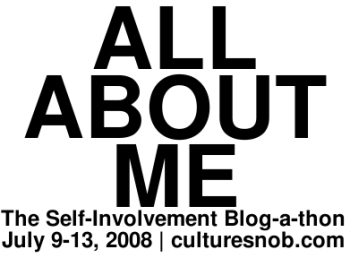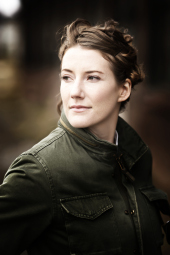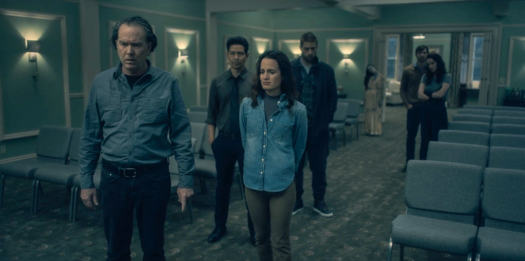Freedom Isn’t Free: A Not-So-Drunken Commentary Track for Three Colors: Blue
 This commentary track deals with a handful of themes: the blunt use of color contrasted with the almost tangential way the movie deals with its ostensible theme of liberty; the use of visual and aural cues to indicate the subjective nature of the film; Julie’s progression from isolation to active engagement with the world; and the relationship between the concept of “freedom” and Kieslowski’s obvious interest in responsibility. Plus, I call Juliette Binoche a “two-faced bitch.” How can you resist?
This commentary track deals with a handful of themes: the blunt use of color contrasted with the almost tangential way the movie deals with its ostensible theme of liberty; the use of visual and aural cues to indicate the subjective nature of the film; Julie’s progression from isolation to active engagement with the world; and the relationship between the concept of “freedom” and Kieslowski’s obvious interest in responsibility. Plus, I call Juliette Binoche a “two-faced bitch.” How can you resist?

 It was a summer in the early 1980s. We were on a family vacation. Perhaps to Disney World. It seemed that at every stop on our journey, Under the Rainbow was in a constant loop on HBO on our hotel television. We must have seen parts of it a dozen times. Memory is a fickle thing, but I remember that the PG-rated farce had one bare breast that pops out when the little people are running through a communal dressing room, or somesuch. I mention this because I can, as we have arrived at the Self-Involvement Blog-a-thon, running Wednesday, July 9, through Sunday, July 13. This is the official Culture Snob birthday party, with this little site celebrating its fifth birthday on July 10. So give me a present: Write something for my blog-a-thon!
It was a summer in the early 1980s. We were on a family vacation. Perhaps to Disney World. It seemed that at every stop on our journey, Under the Rainbow was in a constant loop on HBO on our hotel television. We must have seen parts of it a dozen times. Memory is a fickle thing, but I remember that the PG-rated farce had one bare breast that pops out when the little people are running through a communal dressing room, or somesuch. I mention this because I can, as we have arrived at the Self-Involvement Blog-a-thon, running Wednesday, July 9, through Sunday, July 13. This is the official Culture Snob birthday party, with this little site celebrating its fifth birthday on July 10. So give me a present: Write something for my blog-a-thon!
 My 2008 album begins in Utah and ends in (or near) hell. Whether you think the distance between the starting point and the destination is a lot of territory or not much, we do get to travel pretty far afield. There’s sunny California with the Botticellis, lovely inner-city Baltimore with DoMaJe, Iraq with the estimable Danny Elfman, and someplace sublimely absurd with Flight of the Conchords.
My 2008 album begins in Utah and ends in (or near) hell. Whether you think the distance between the starting point and the destination is a lot of territory or not much, we do get to travel pretty far afield. There’s sunny California with the Botticellis, lovely inner-city Baltimore with DoMaJe, Iraq with the estimable Danny Elfman, and someplace sublimely absurd with Flight of the Conchords. Revisiting Netflix’s The Haunting of Hill House helped clarify the fundamental dissonance of the show – that running counter to its hopeful, tidy conclusion is something far messier in both its ghost and family stories. Yet the early episodes carve out room for readings that substantially darken the whole, undermining without negating the tone of its final minutes.
Revisiting Netflix’s The Haunting of Hill House helped clarify the fundamental dissonance of the show – that running counter to its hopeful, tidy conclusion is something far messier in both its ghost and family stories. Yet the early episodes carve out room for readings that substantially darken the whole, undermining without negating the tone of its final minutes.